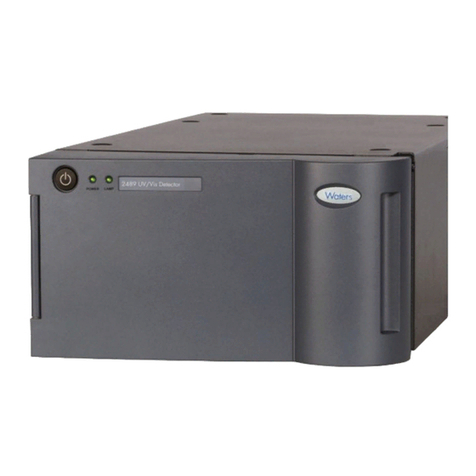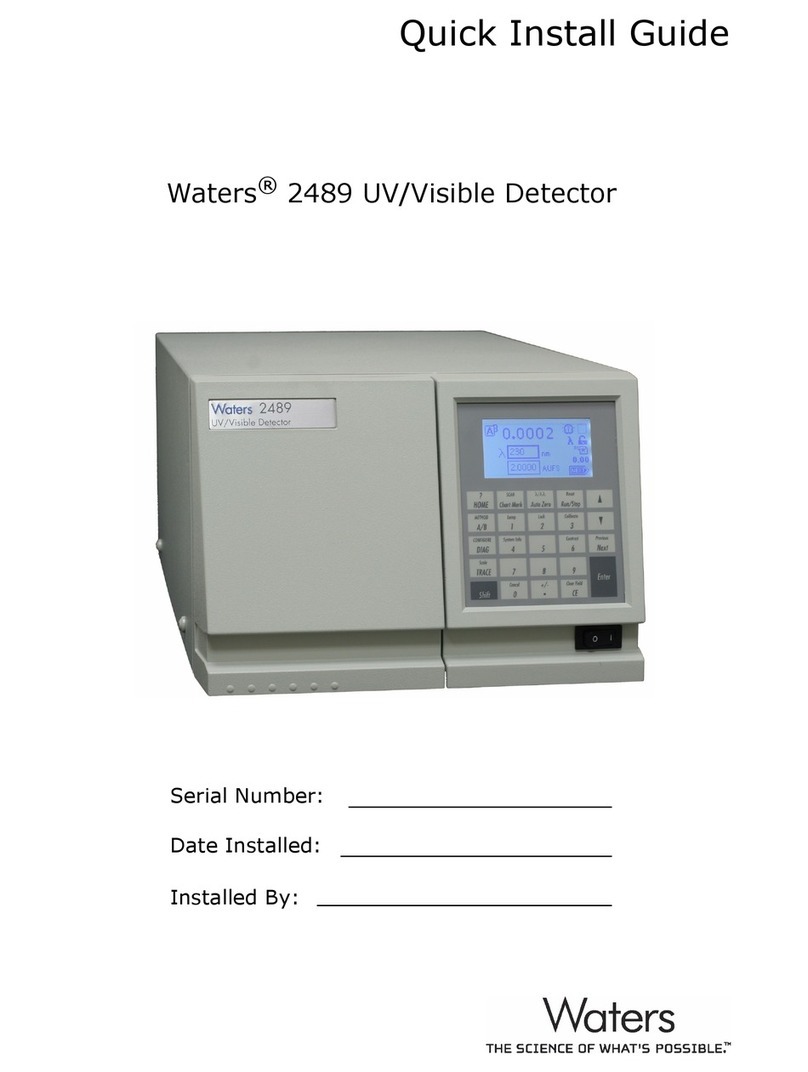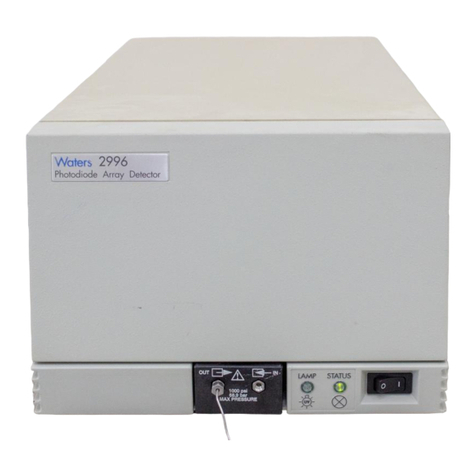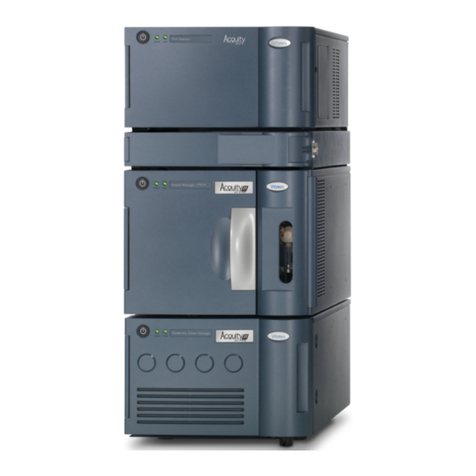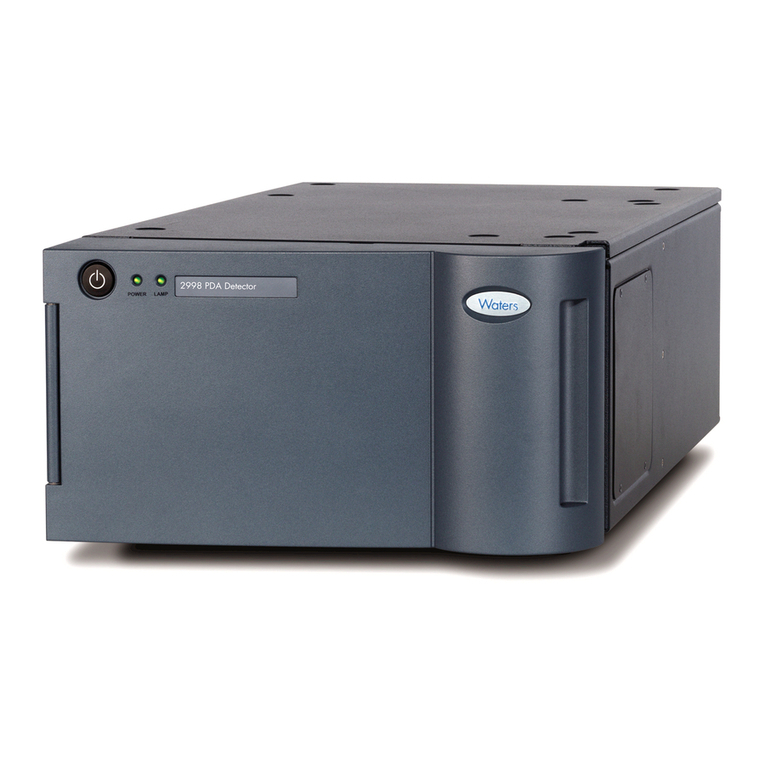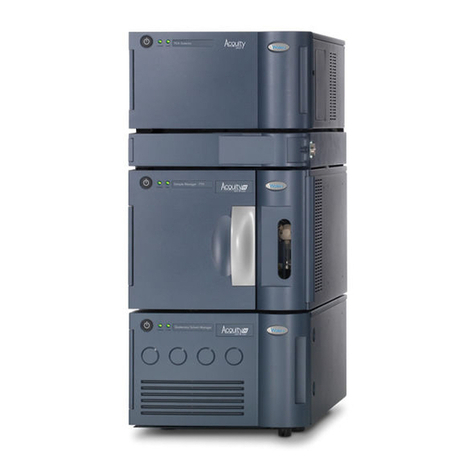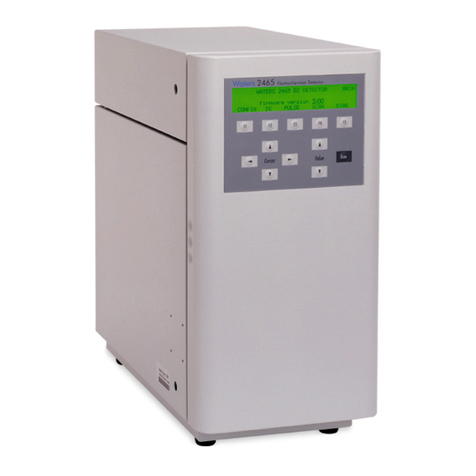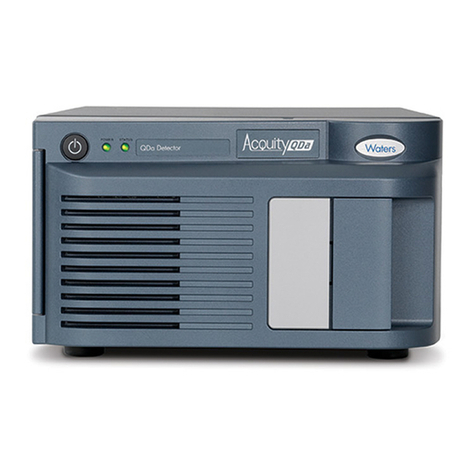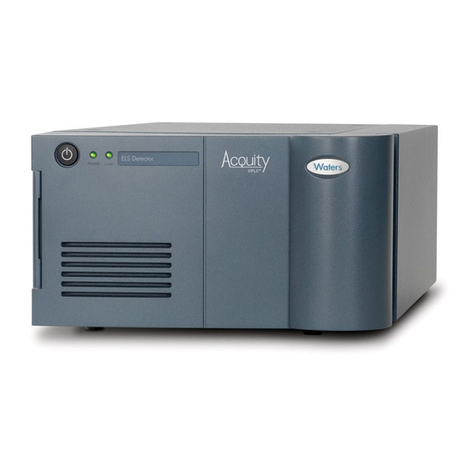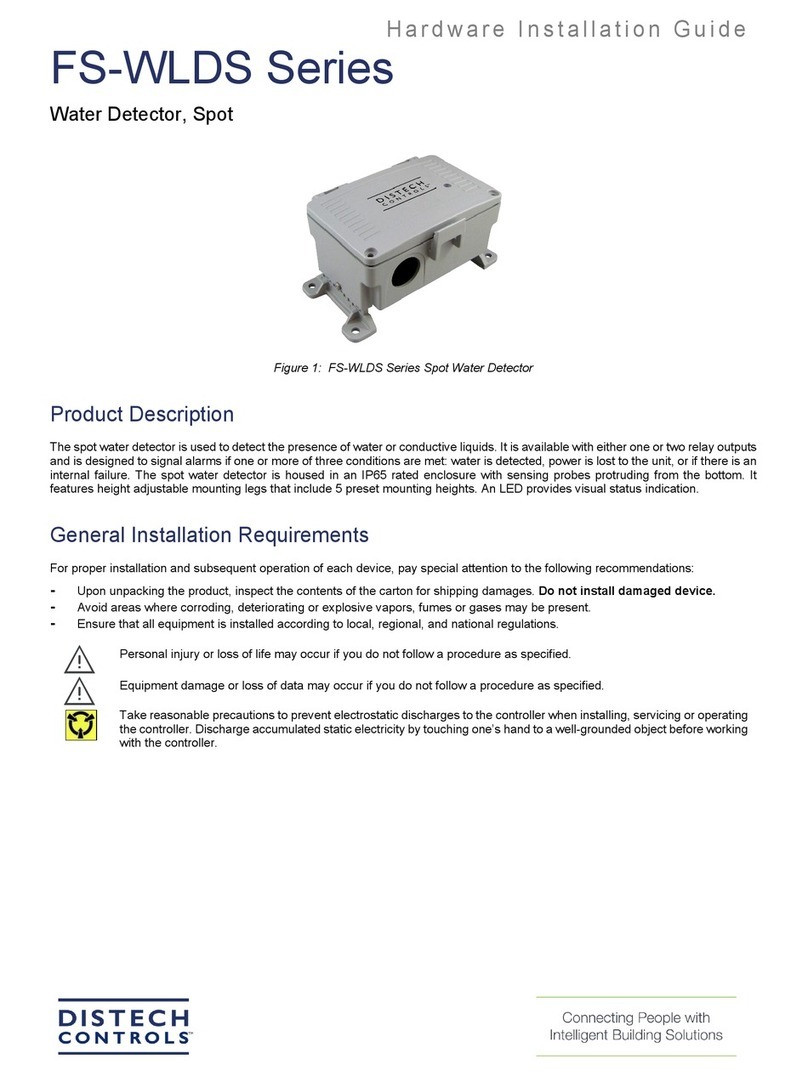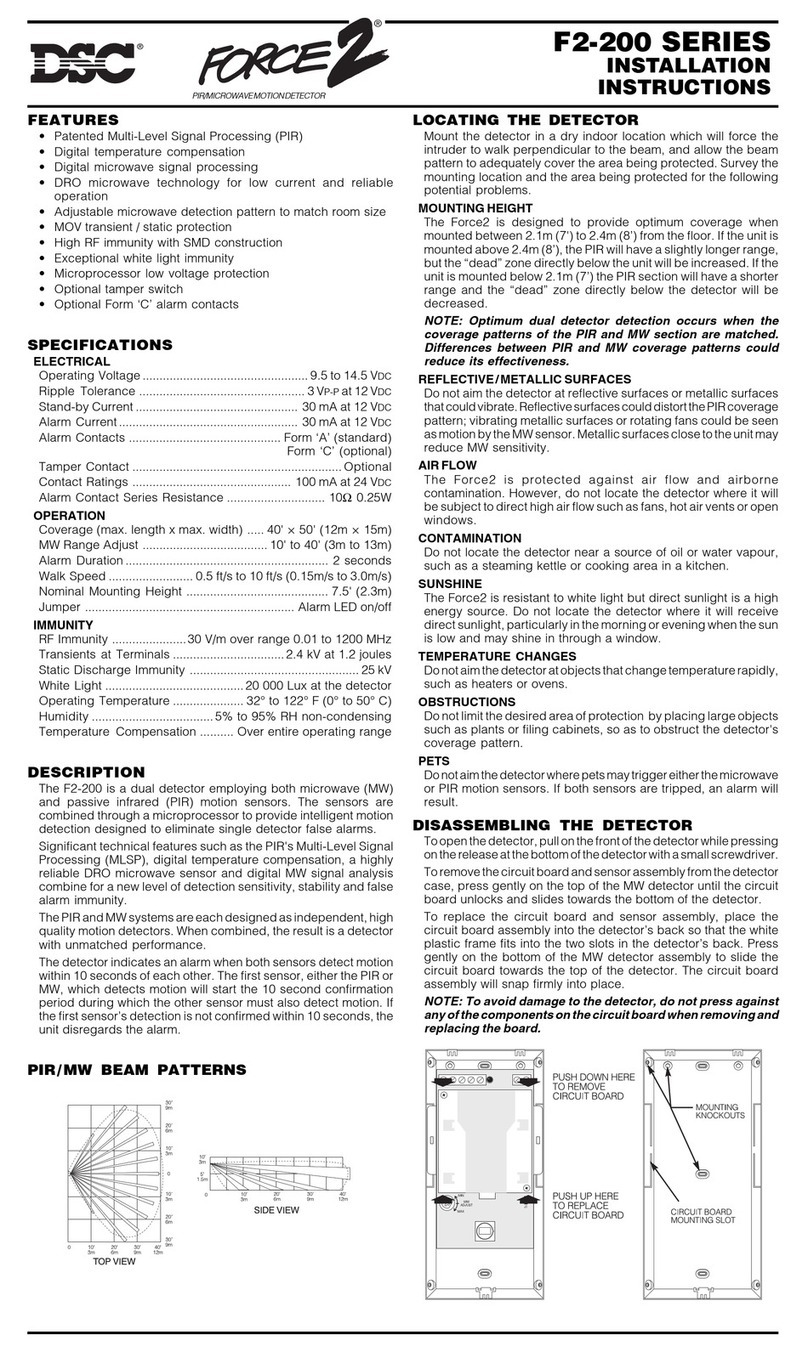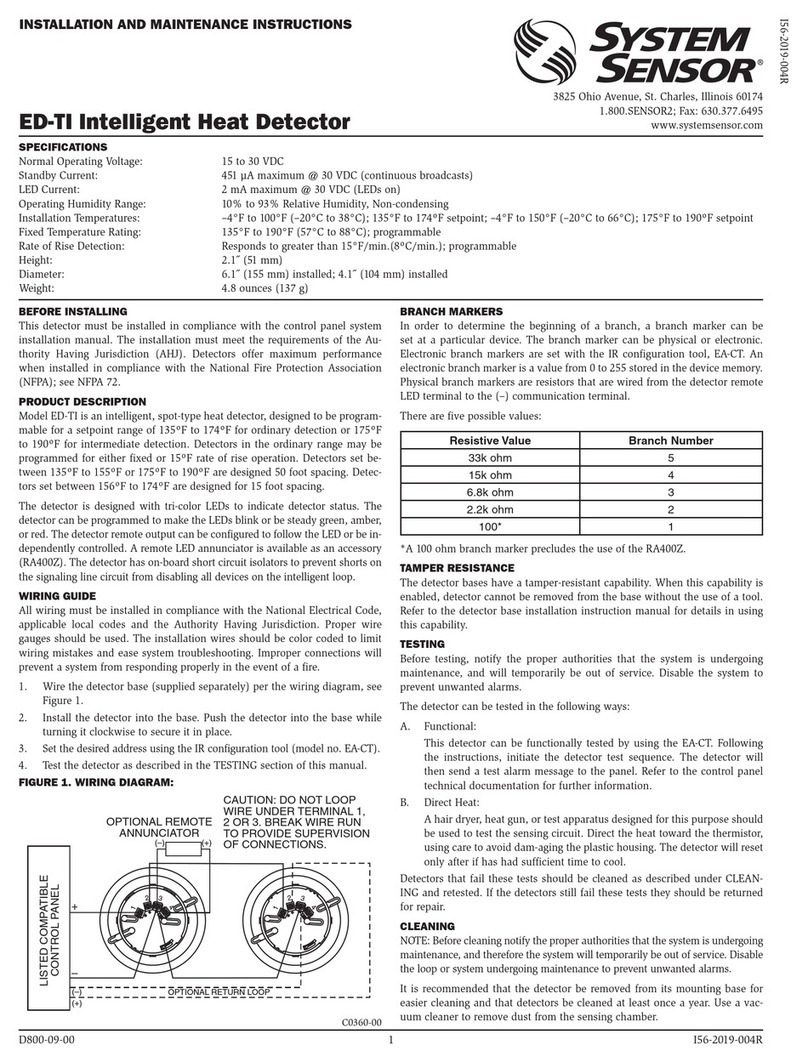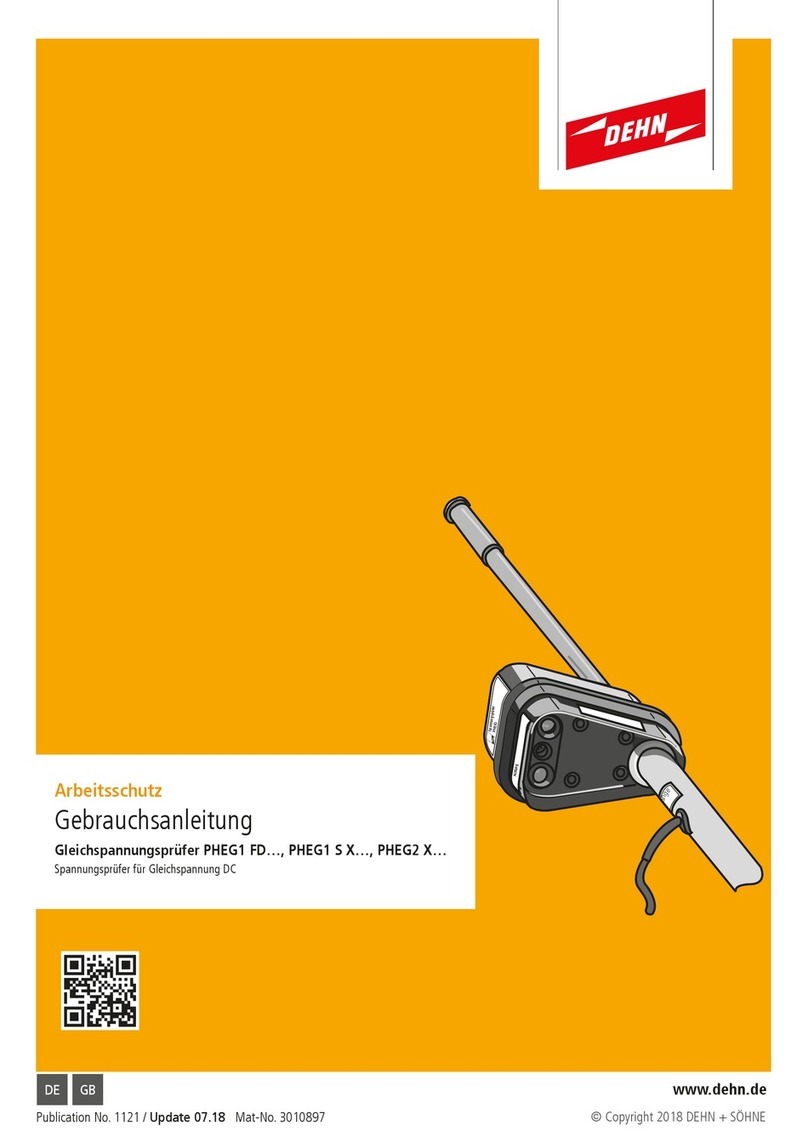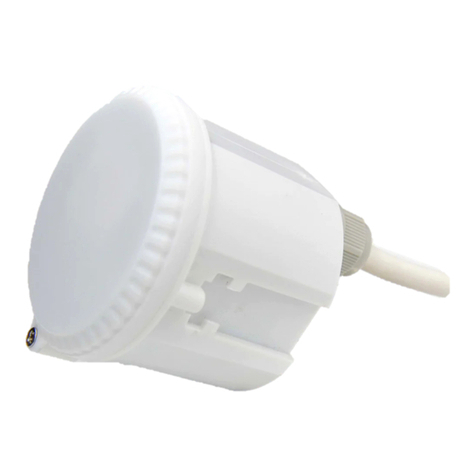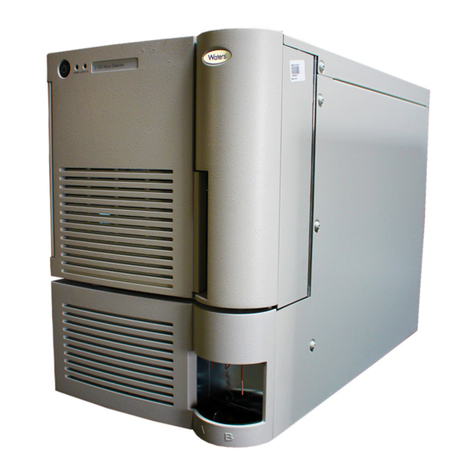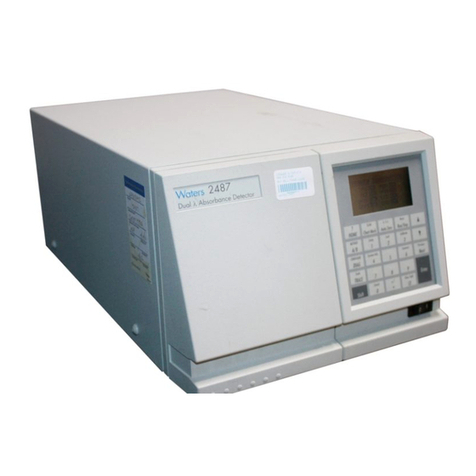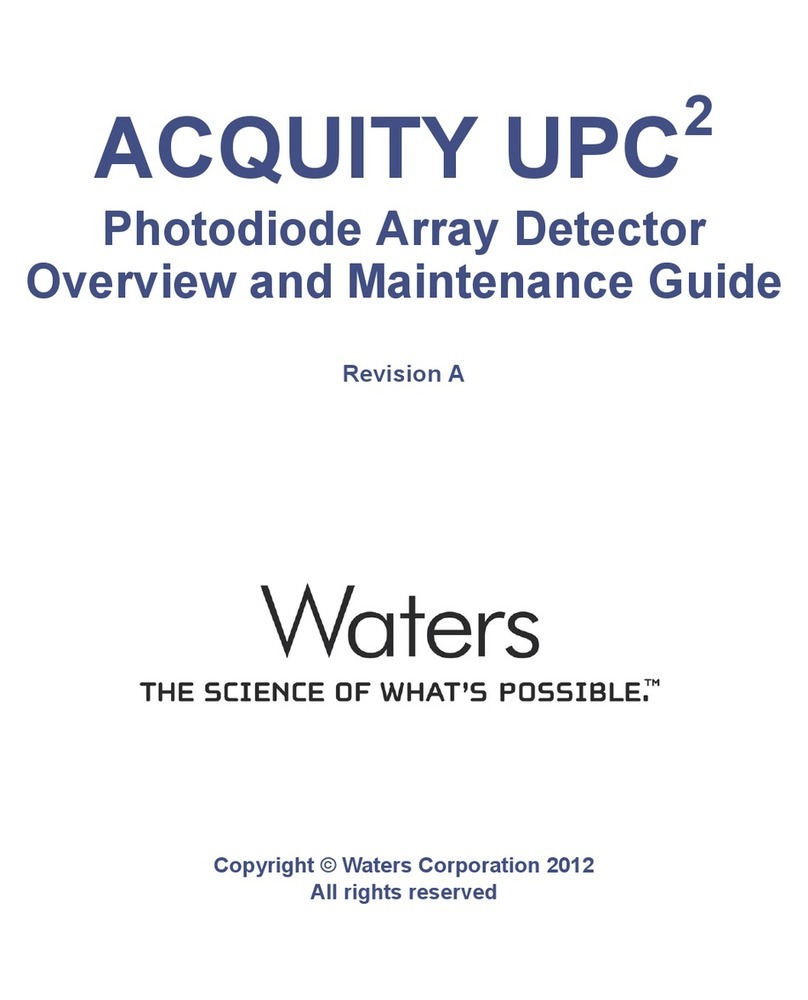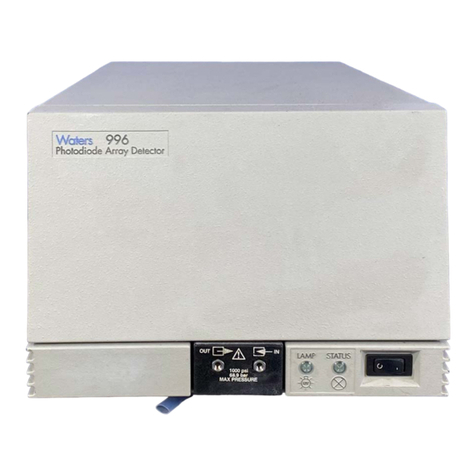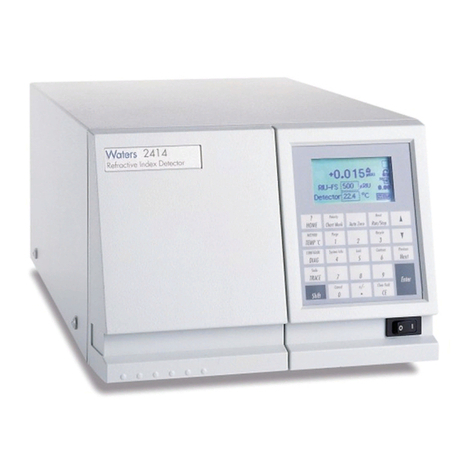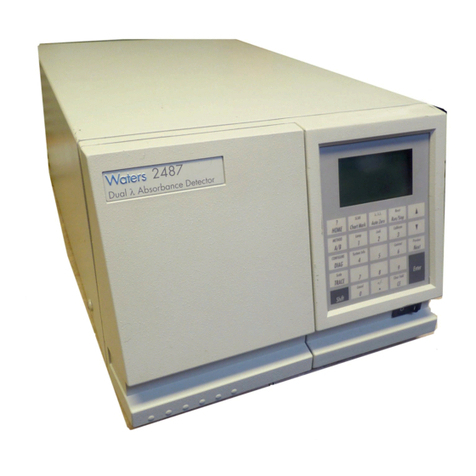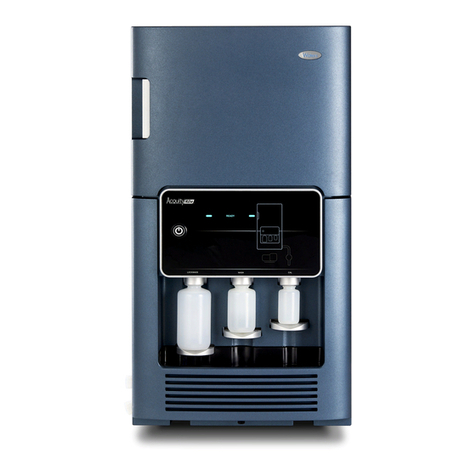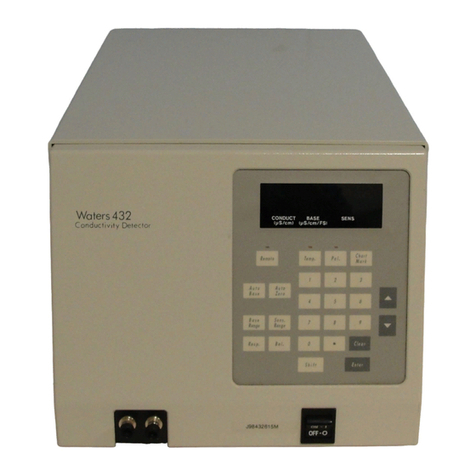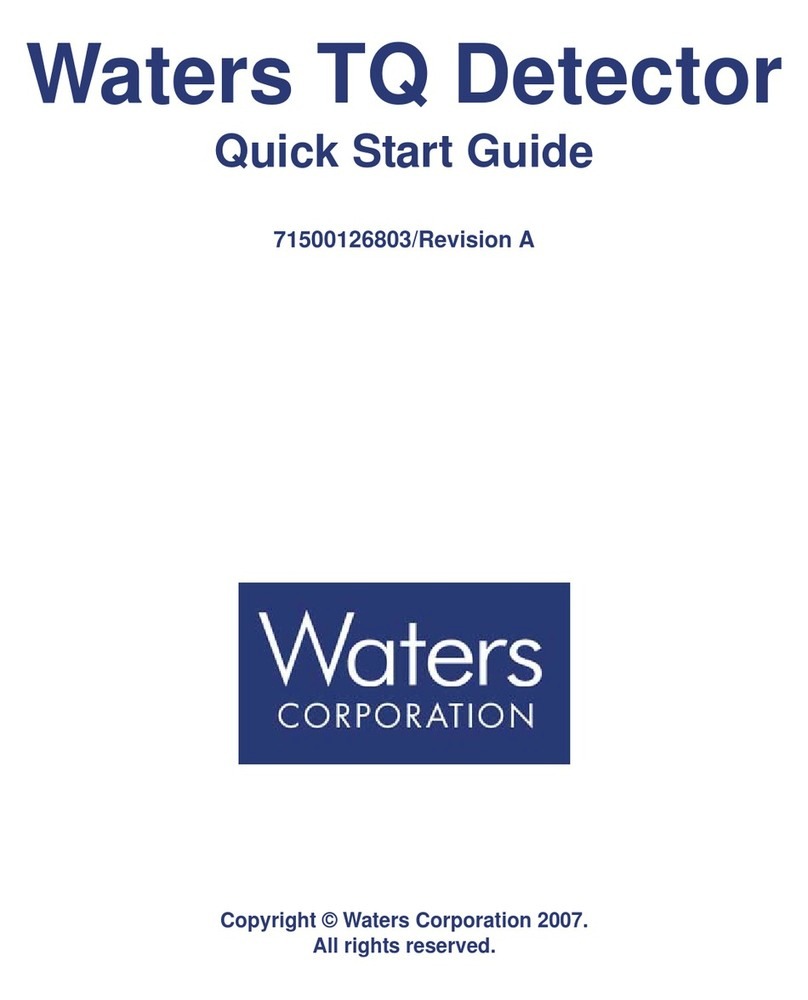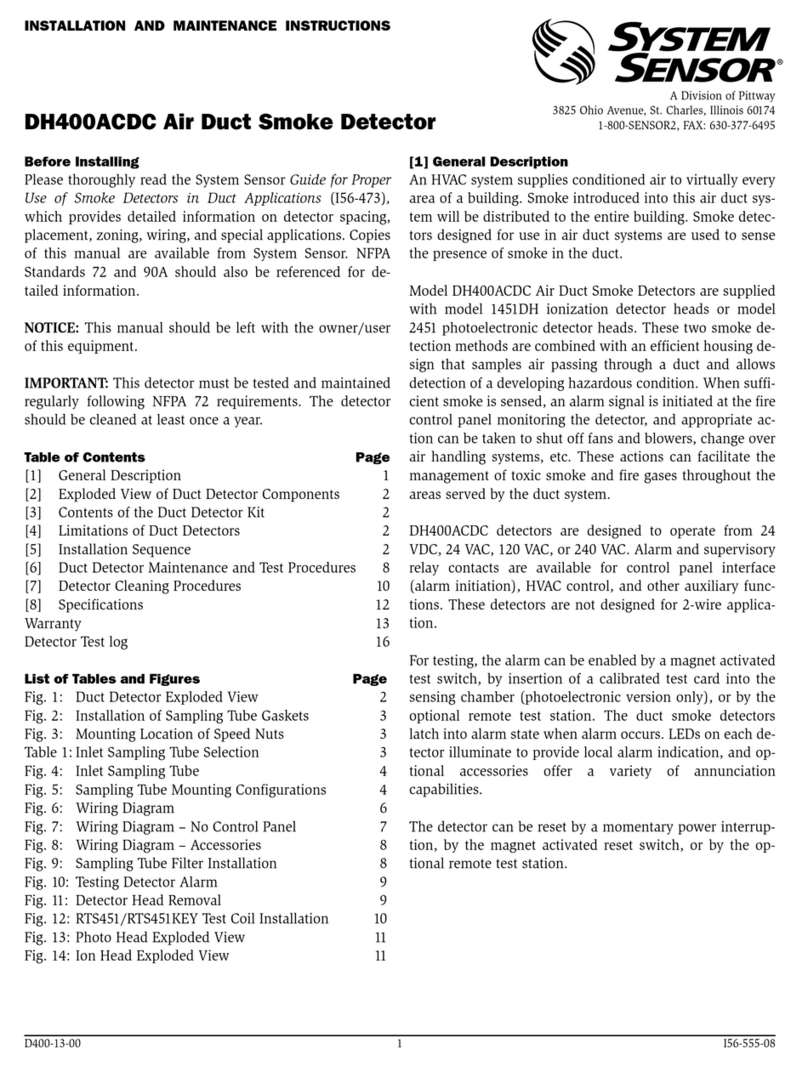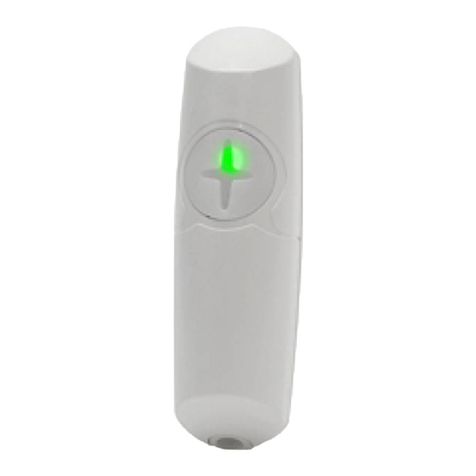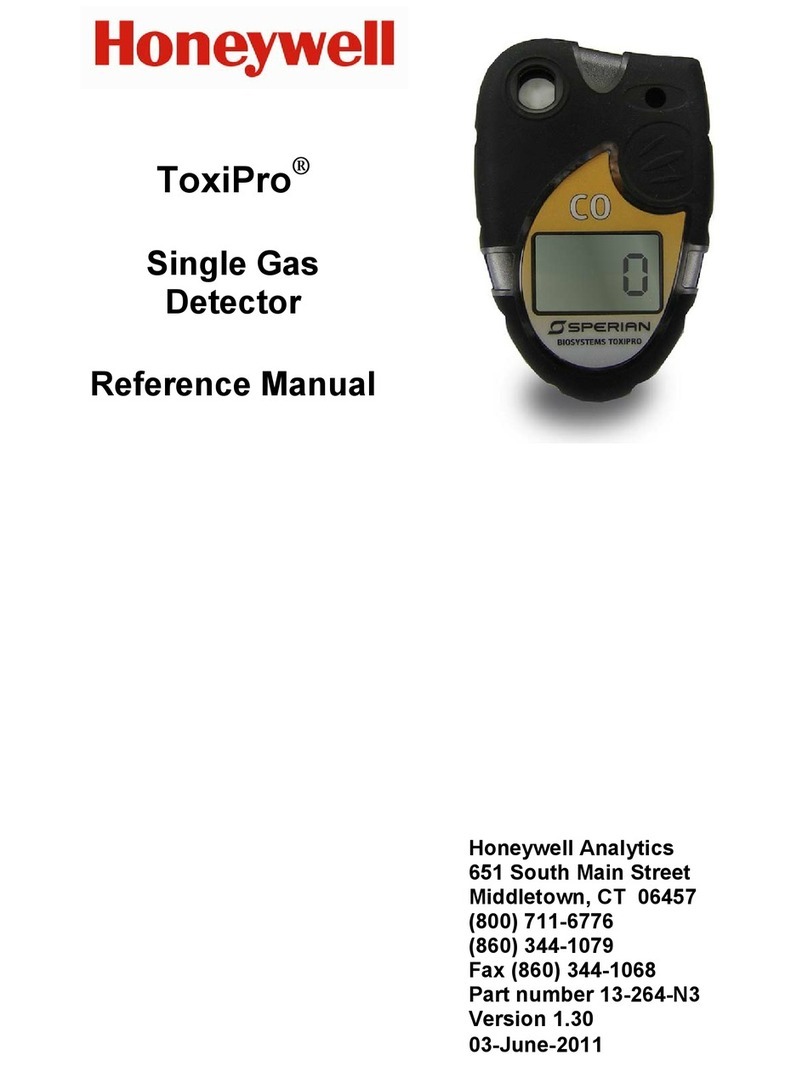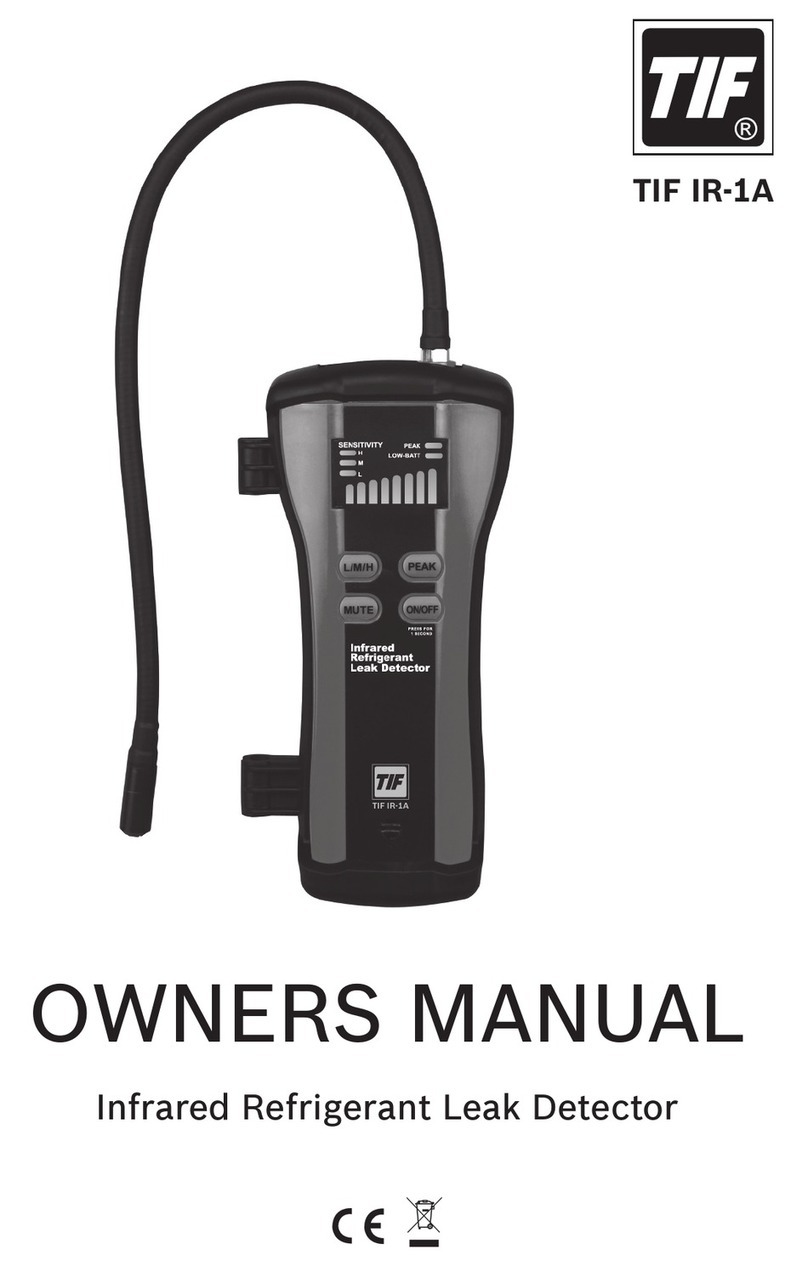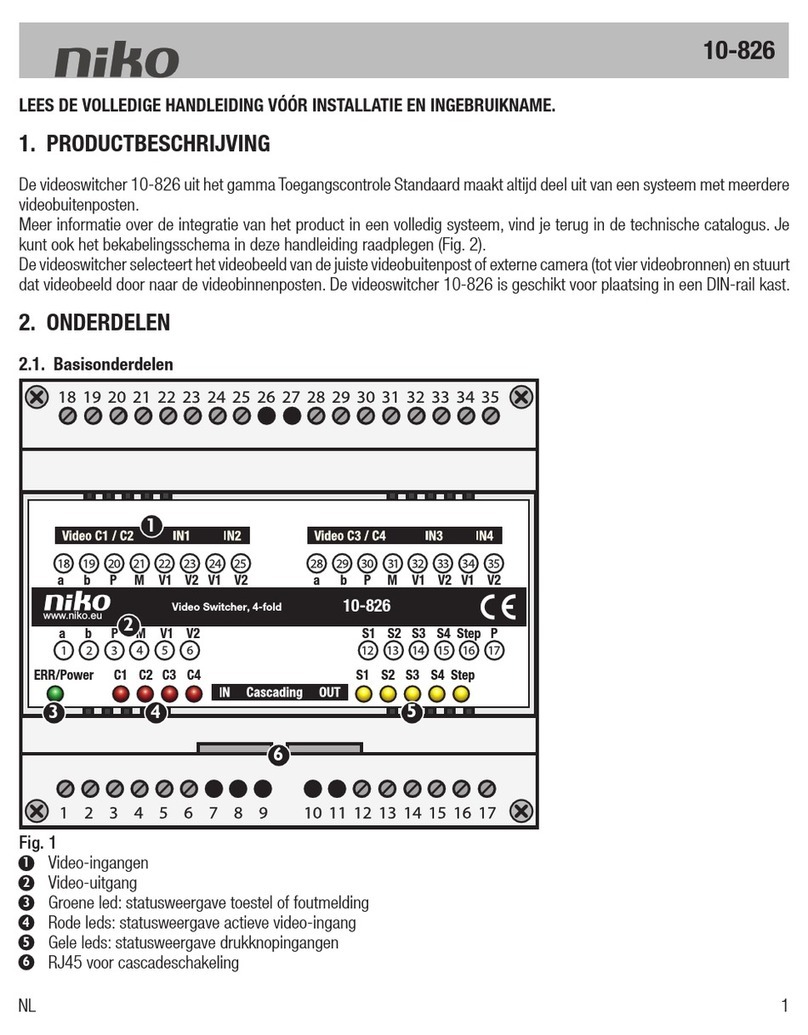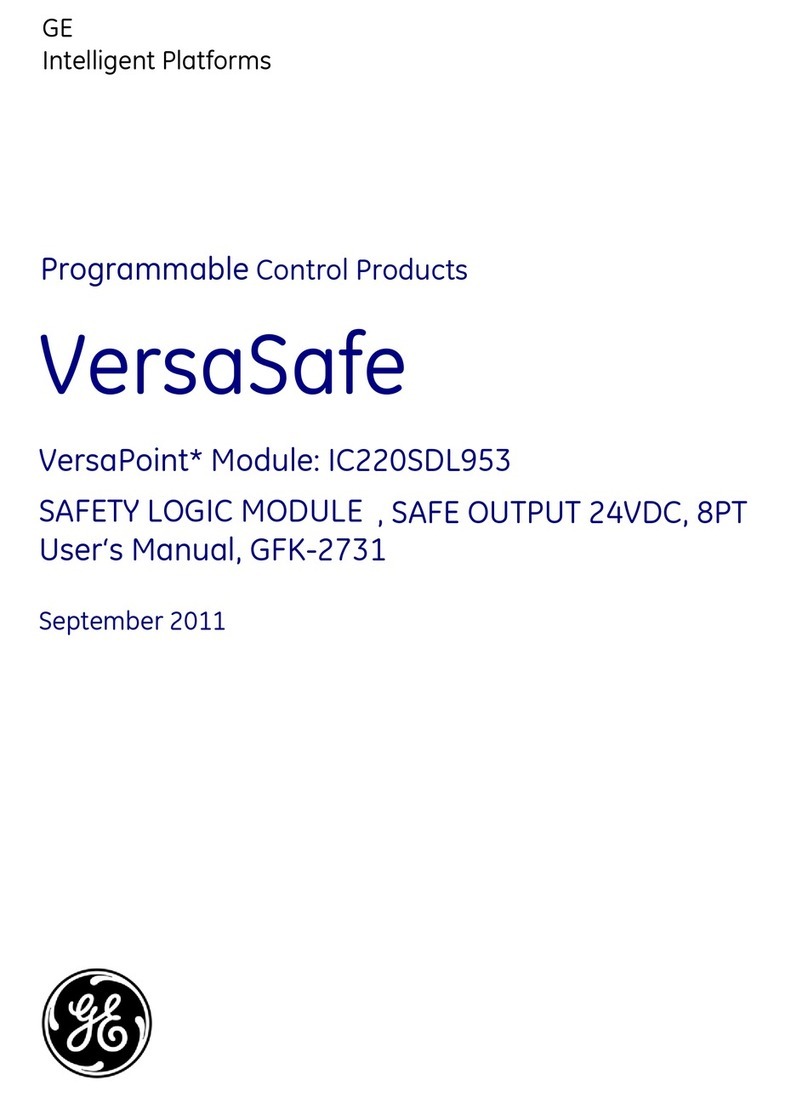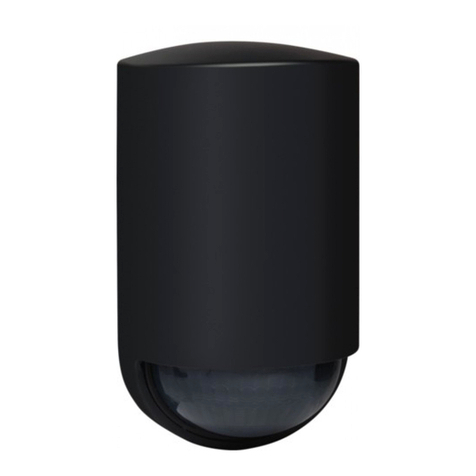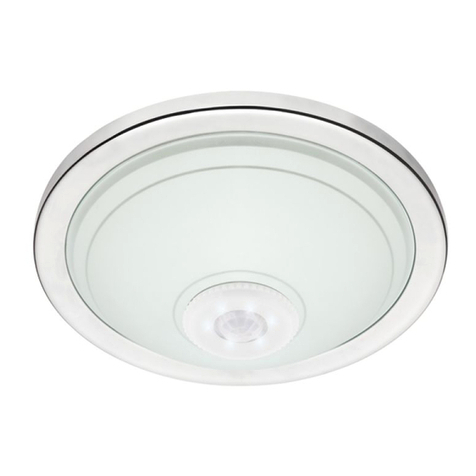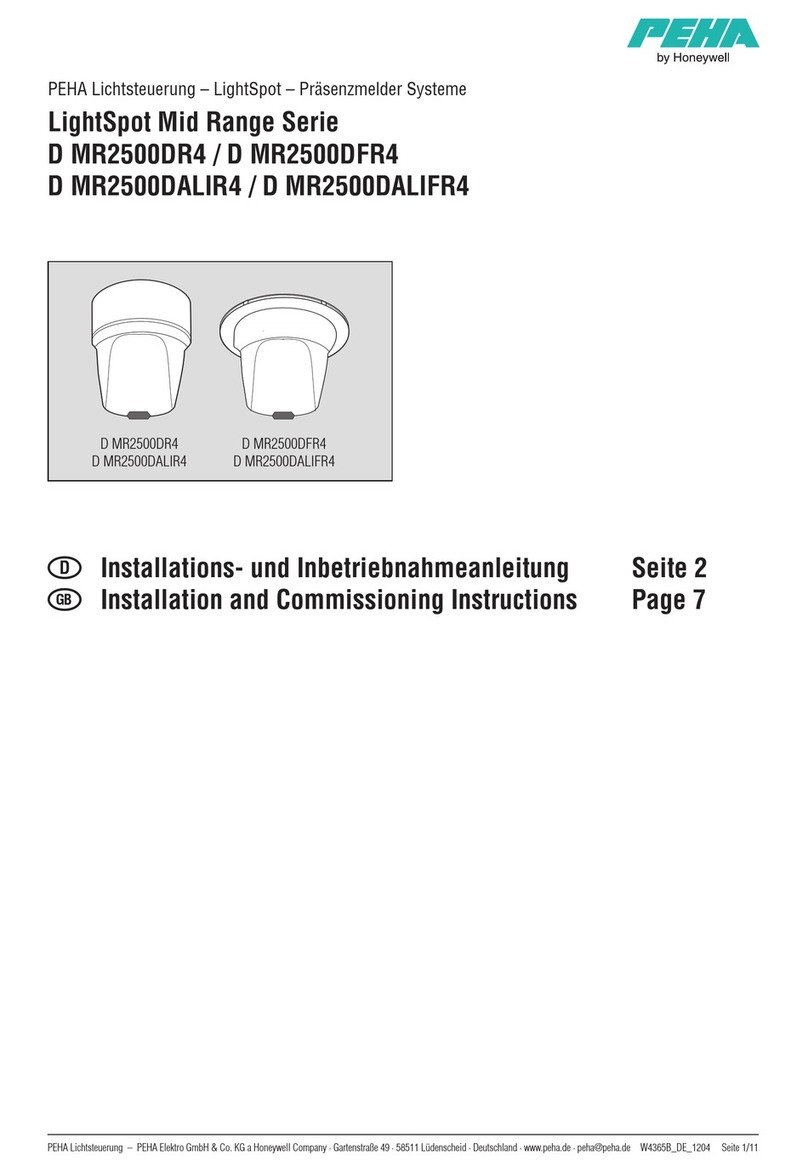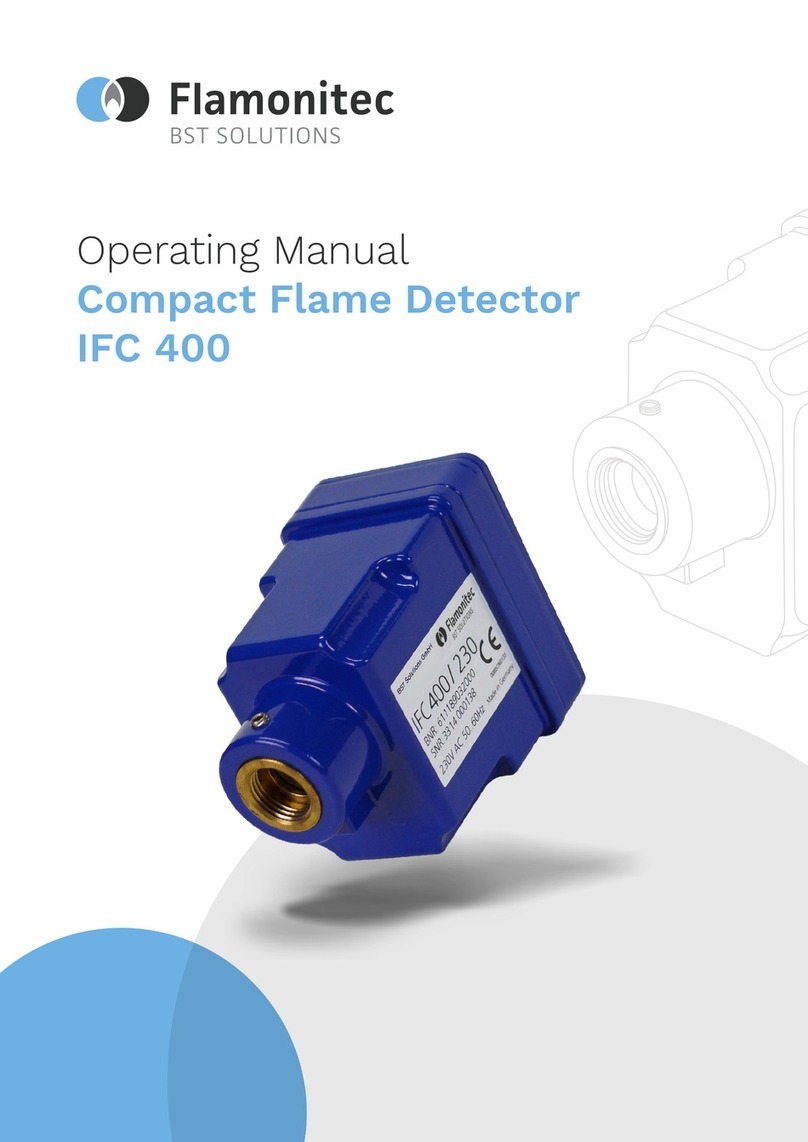
List of Figures 20
4-11 Display Calibration Graphs Dialog Box..........................................67
4-12 Calibrate Window Showing ZQ-4000 Calibration Graphs..............69
5-1 Rotary Pump Assembly Fitted with Oil Mist Filter..........................76
5-2 Rotary Pump Oil Filler Plug, Drain Plug, and Sight Glass.............77
5-3 Isolation Valve................................................................................79
5-4 Oil Mist Filter Assembly.................................................................80
5-5 Pumping Block Assembly ..............................................................82
5-6 Ion Block Assembly .......................................................................83
5-7 Probe Assembly in Position on the Source....................................84
5-8 ZQ Detector Front View.................................................................85
5-9 Source Showing the Corona Discharge Needle ............................86
5-10 Ion Block........................................................................................86
5-11 Sample Cone and Cone Gas Nozzle.............................................87
5-12 Ion Block Rear View ......................................................................88
5-13 Hexapole Assembly.......................................................................89
5-14 Ion Block Cartridge Heater............................................................92
5-15 Replacing the Heater Cartridge.....................................................93
5-16 ESI Probe Tip with Capillary Protruding 0.5 mm...........................95
A-1 ZQ Mass Detector, Front View ...................................................109
A-2 Installing the Corona Needle ...................................................... 110
A-3 Tune Window .............................................................................. 110
A-4 Tune Window Showing Options List with ESCi Mode Selected . 111
A-5 Tune Window, Diagnostics Page ................................................ 112
A-6 Selecting the ESCi+ or ESCi- Ionization Mode ........................... 112
A-7 Selecting the Ion Mode in the MassLynx Peak Editor ................ 113
A-8 Tune Window as it Appears During ESCi Operation .................. 114
A-9 Function List Editor Window (Blank) ...........................................115
A-10 Function:nMS Scan Dialog Box ................................................. 115
A-11 Function List Editor Window Showing Specified Functions ........ 116
A-12 ESCi Mode Disabled ................................................................... 117
A-13 Daidzein (m/z = 255.2 [M + H] and 253.2 [M – H]) .....................117




















